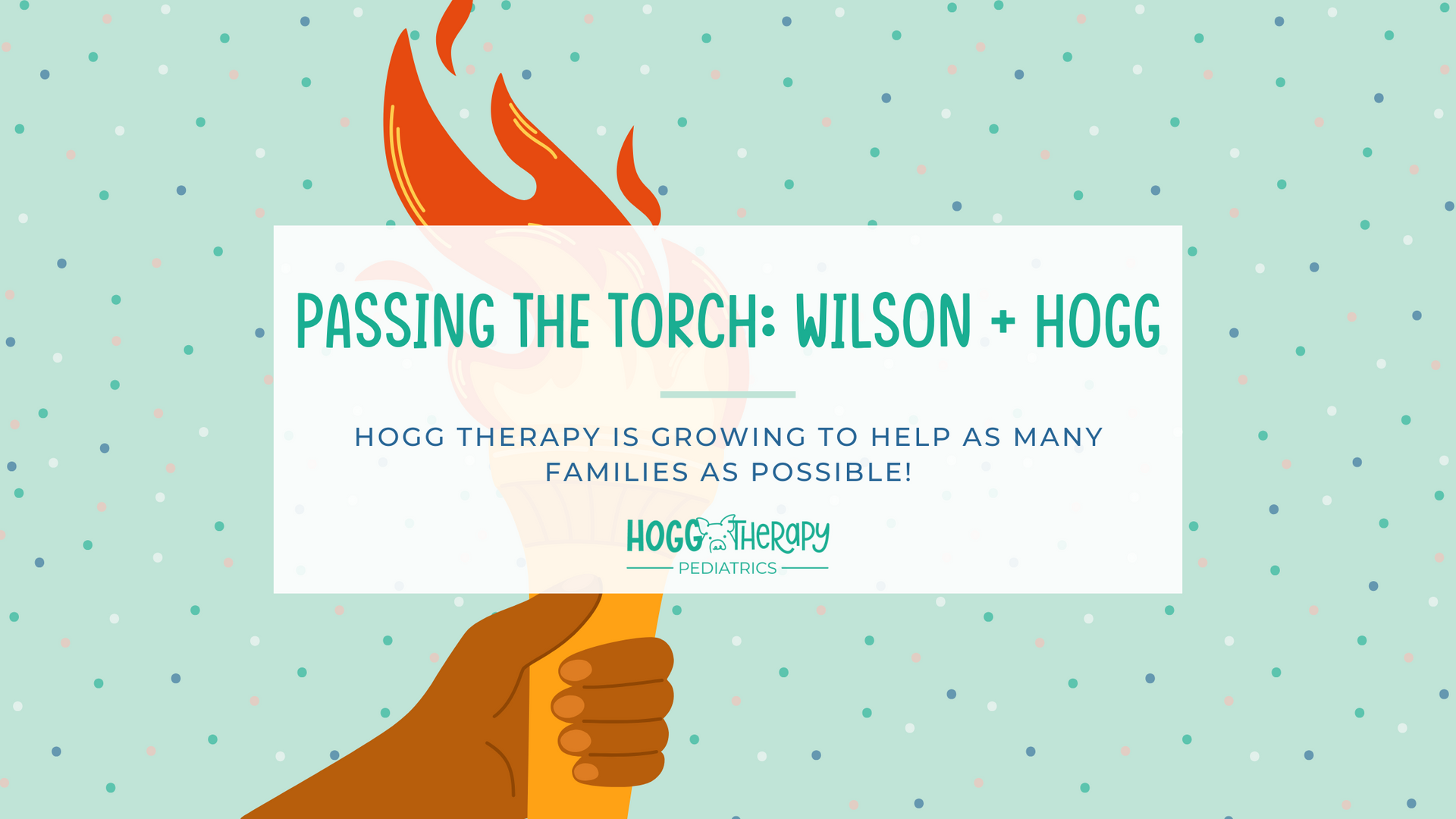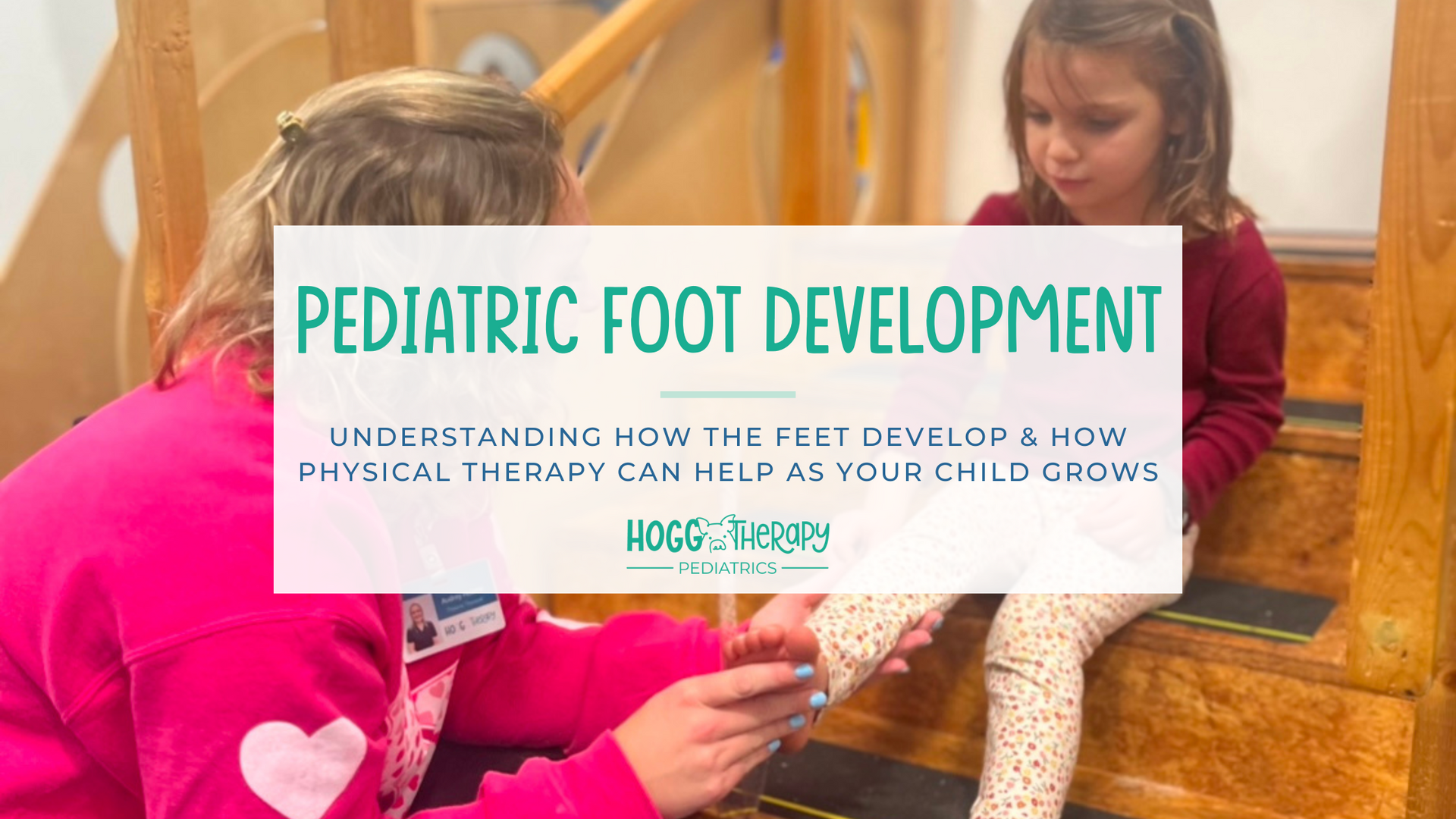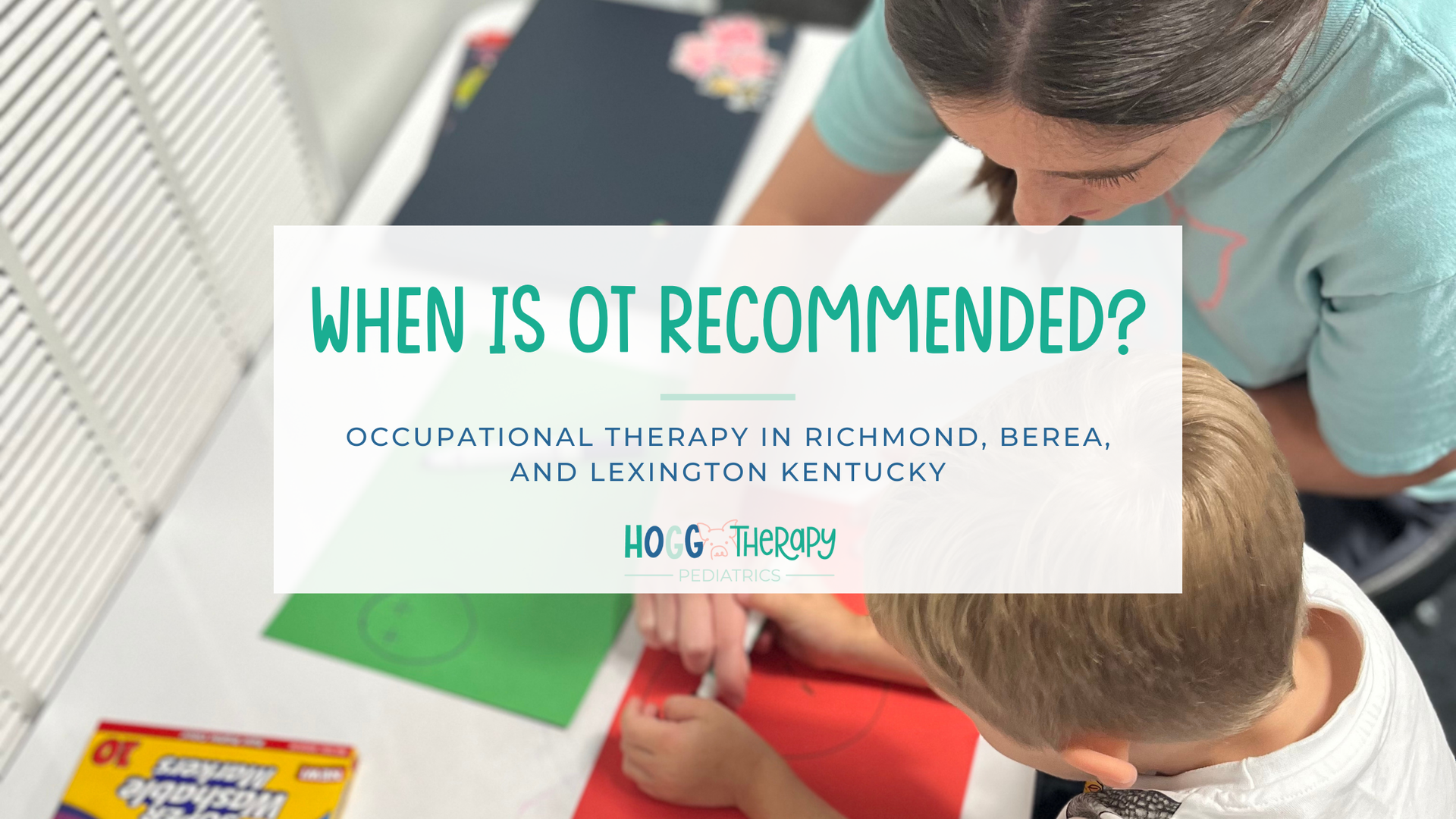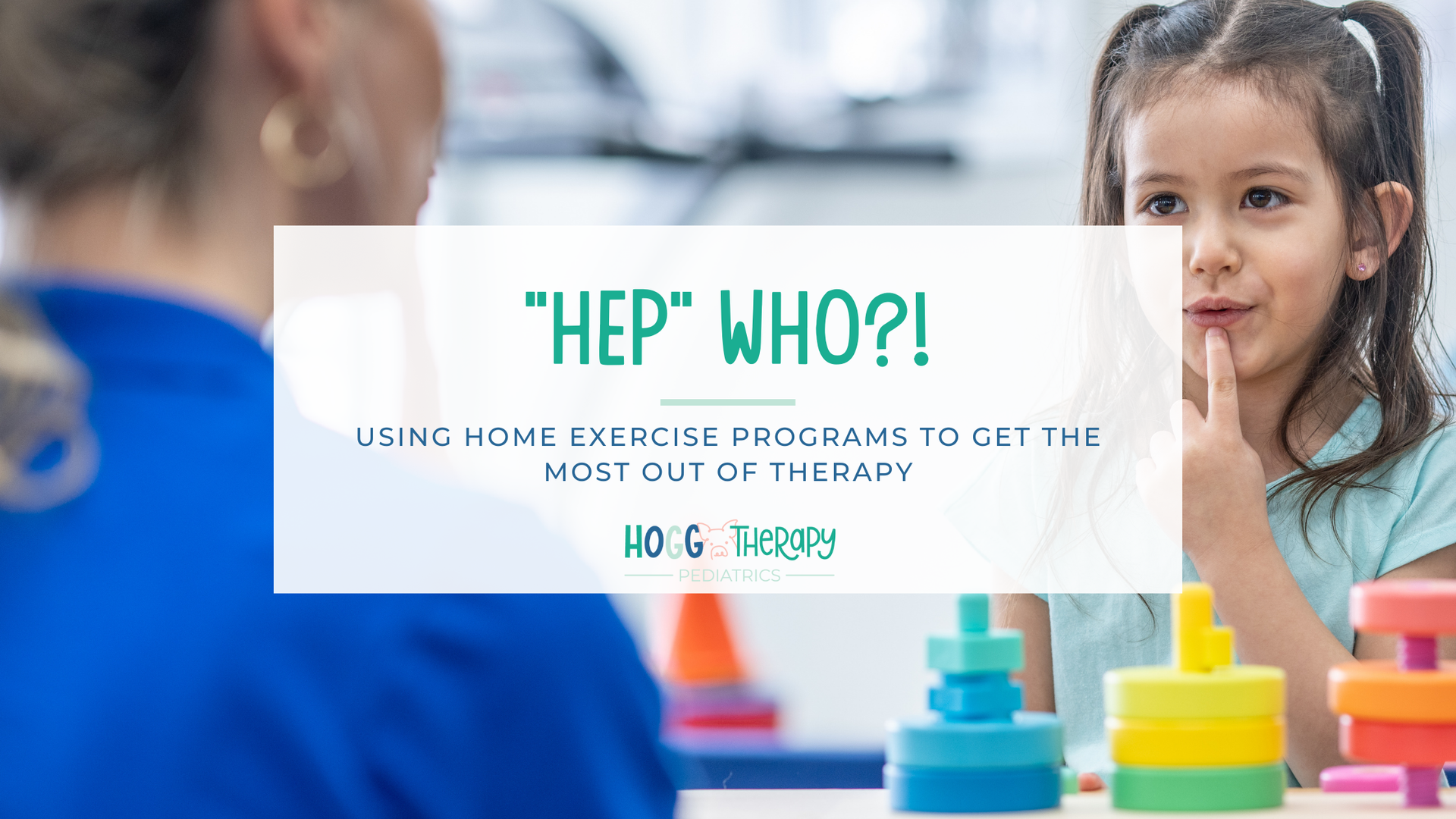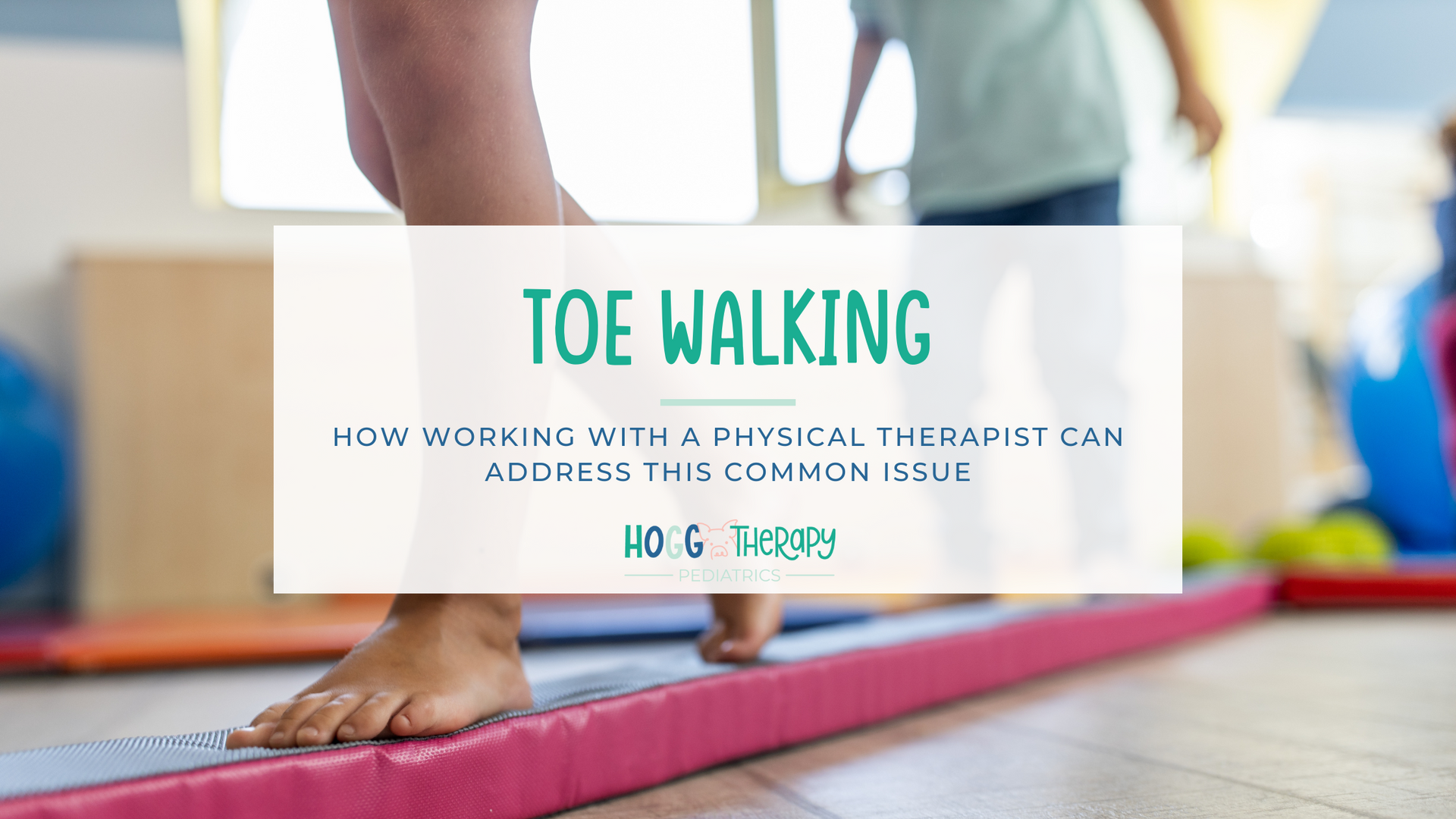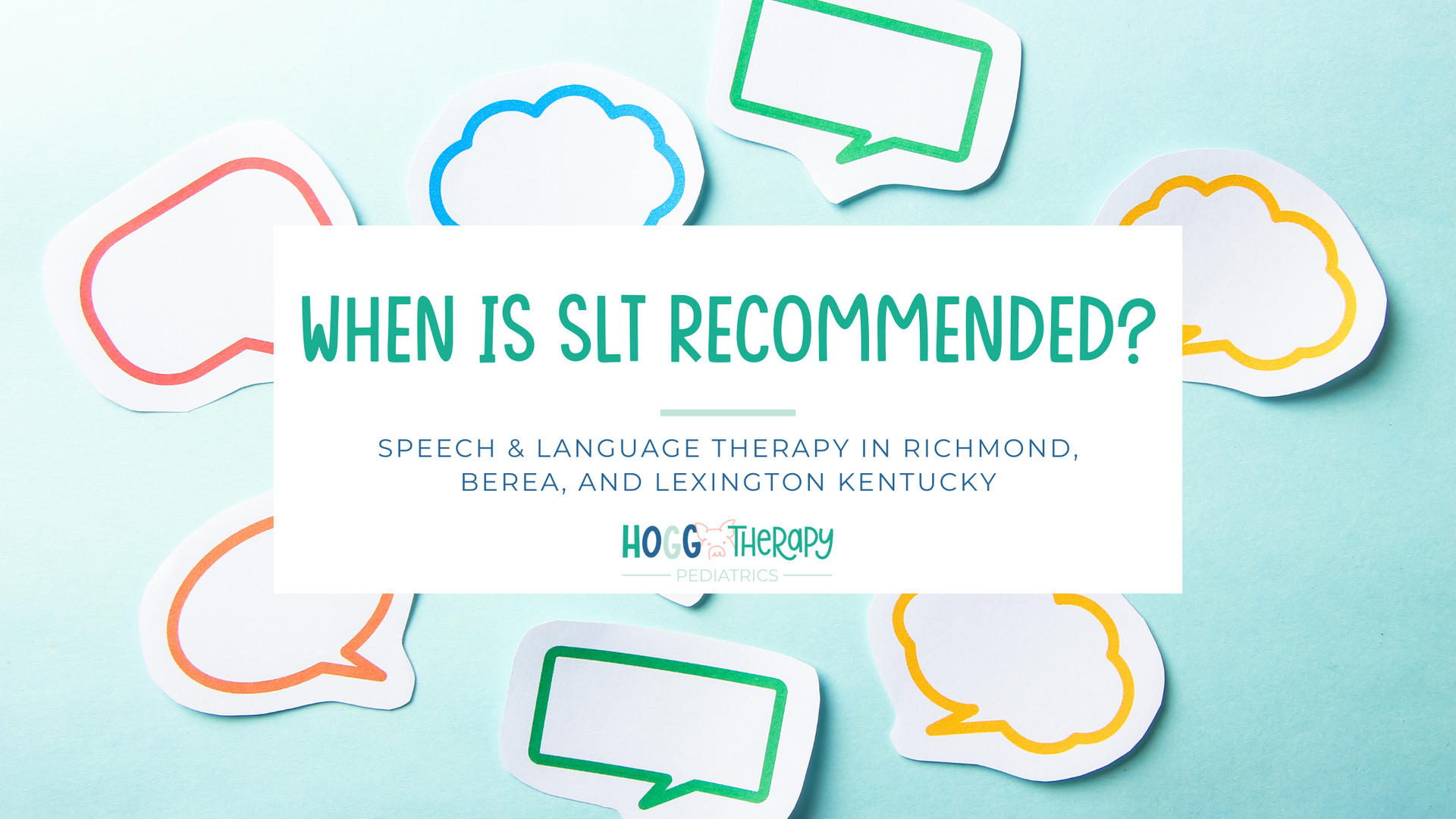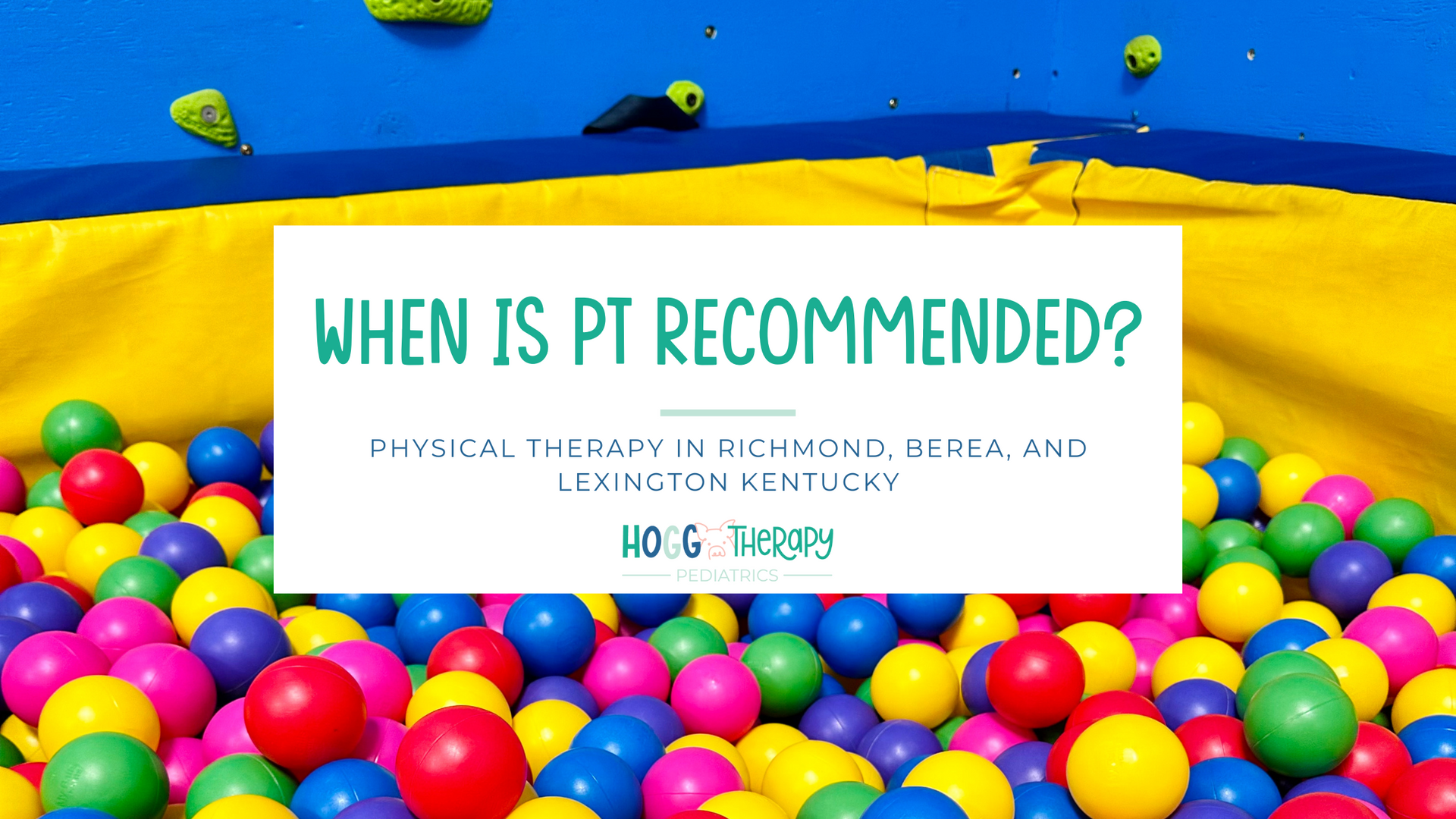Muscle Tone: How Can Physical Therapy Help?
Everyone has muscle tone! Muscle tone is used to describe how much tension or partial contraction muscles have at rest. How can physical therapy help with this?

Taylor Adkins, DPT
Muscle tone is a commonly used term in the physical therapy world, especially for children who have been diagnosed with Down syndrome, cerebral palsy, or Autism. You may find it as a surprise but everyone has muscle tone! Muscle tone is used to describe how much tension or partial contraction muscles have at rest. I like to say it’s how much our muscles are “turned on” at rest.
What are the types of muscle tone?
There are three types of muscle tone: normal, high, and low.
- Normal muscle tone: Kids with normal muscle tone are able to easily move against gravity when they want and do not struggle with tasks like sitting up. Their muscles are also relaxed enough that they aren’t “tight” and can move with ease through any motion. I like to say that these kid’s muscles are “turned on and ready to go.”
- High muscle tone: Kids with high muscle tone seem to always be “tight” as their muscles are contracted more than typical. They often have difficulty with being relaxed or sitting but can move against gravity easily. Often, standing is easier since all of their muscles are “turned on high or all the way." As babies, their high tone comes across as being stiff or that they need to be stretched.
- Low muscle tone: Kids with low muscle tone always seem to be “loosey goosey” as their muscles are not contracted as much as they should be. These kids have to work harder to complete even a relaxed task such as sitting up since their muscles are “turned down low." As babies, their low tone is evident when they are picked up and they feel like they slip through the fingers.
How does PT help with muscle tone?
Physical therapy can help with both high and low muscle tone. For both types, there is an underlying muscle weakness that needs to be adjusted. When you think of kids with high tone, you may not think of muscle weakness. High muscle tone kids seem super strong since they have all of their muscles turned on at once. However, if you ask them to do skills that require less muscles they tend to have difficulty. This indicates underlying muscle weakness.
Gaining muscle strength and learning how to complete tasks when a child’s muscles are naturally stiffer or looser than others can be difficult. These kids have to work harder than others to complete the same games. They also tend to have to relearn skills or regain strength as they grow since that changes the physical length of their muscles. This is because after a growth spurt, we only have the same amount of strength as we did before the growth spurt. Another way to describe it is if we walk a mile in 30 minutes (this represents a shorter muscle length) or we walk a mile in an hour (this represents a longer muscle length after a growth spurt) then we still only walked a mile.
Physical therapy is great for targeting a child’s specific muscle weakness and turning it into a strength. In PT, each goal is very specific to each individual kid. In general terms however, I typically focus on core strength and endurance with kids who have low tone. For kids with high tone I typically focus on rotational movements and skills that require the opposite muscles of where they are “tight."
At-home activities for low & high tone kids
Some activities at home that can help “loosey goosey” low tone kids to work on core strength and endurance would be to sit on a pillow while watching TV, playing a game, or, in this world of NTI, while in class.
You can also play games where a kid reaches to their opposite side of their bodies and back. This really helps with rotational core strength. Kids can pick up puzzle pieces, Legos, or even just a stuffed animal like in the picture below.
Some activities at home that can help “tight” high tone kids to work on rotational movements can also be having them play by crossing their arms across their body like the picture above. As previously stated, using the muscles opposite of where a child is “tight” can be helpful.
Typically, most kids with high tone prefer to use their extensor muscles. These are the muscles that are on our backs that help us extend our joints to stand upright. Games such as playing “horse” where a kid is on their hands and knees to crawl or having them sit in a half kneeling position while playing a game at a table are very helpful. These games break up this tone pattern and strengthen the weaker muscles. If your child seems to be “tight” in their flexor muscles or the muscles that help us to curl up and sit, then play games that challenge them to stand up such as jumping or going for walks.
For more at-home activities for kiddos of all skill levels, check out our other blog posts here! You can also follow us on Pinterest for more ideas.

